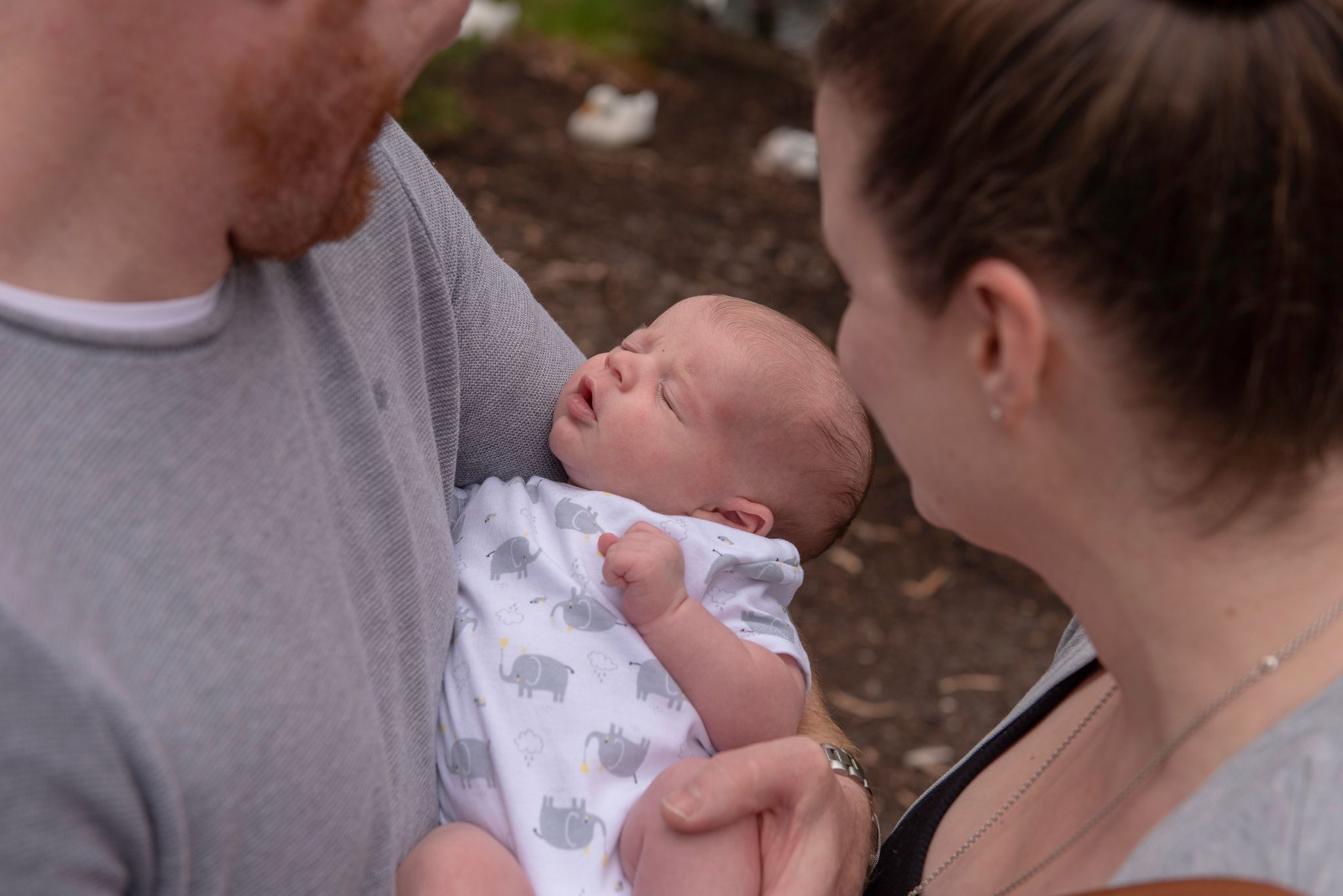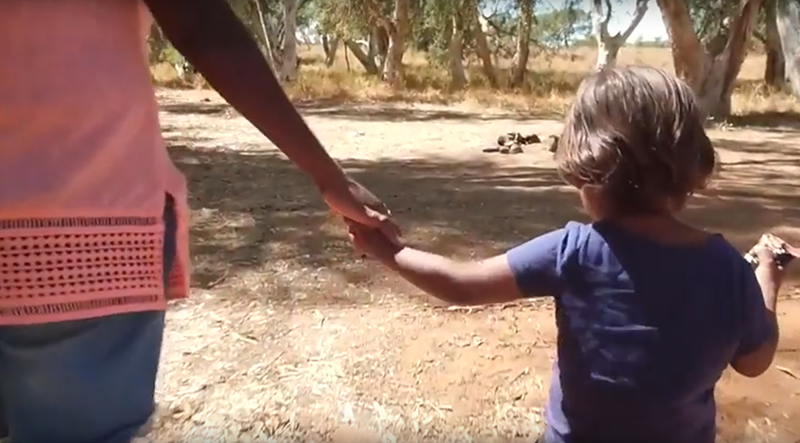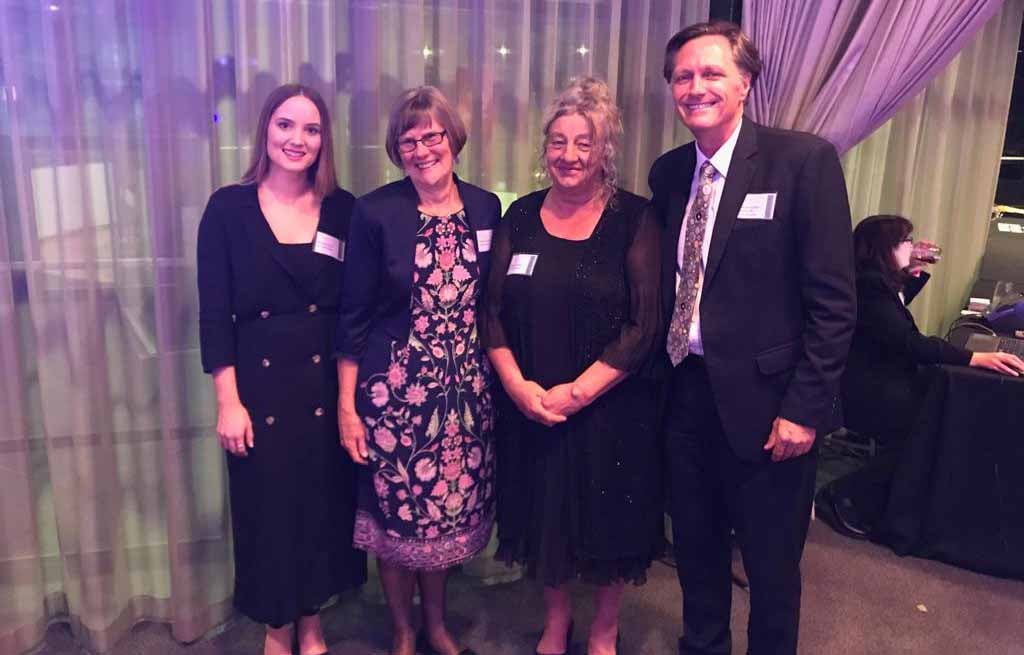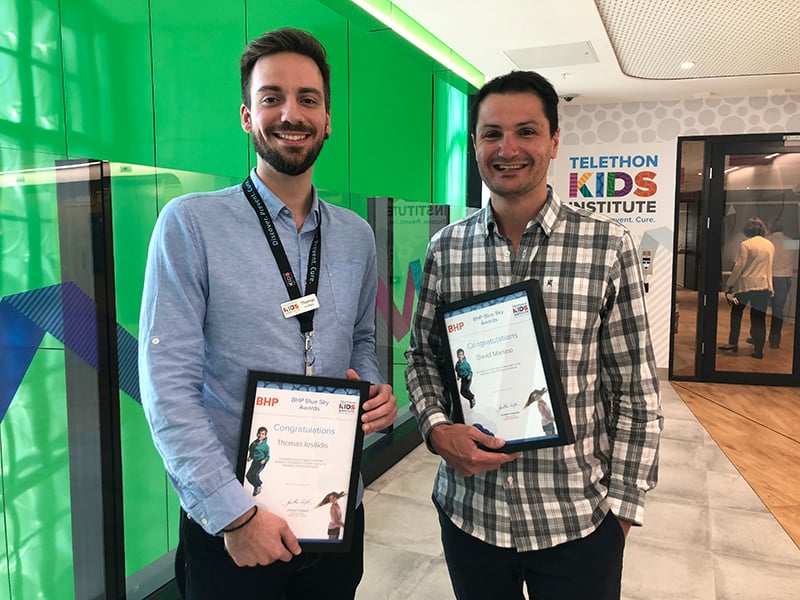Search

News & Events
Core Story Communication Guide ReleasedIt is easy to get lost in translation when talking about early childhood.

News & Events
The Hon Julie Bishop to chair The Kids Research Institute AustraliaFormer Australian Foreign Affairs Minister The Hon Julie Bishop will be the next Chair of Perth’s The Kids Research Institute Australia.

News & Events
Landmark study reveals mental health toll for Aboriginal mothersA landmark study has revealed an increase in the prevalence of mental health related issues among mothers of Aboriginal children in Western Australia.

News & Events
The Kids researchers honoured at Premier’s Science AwardsA The Kids Research Institute Australia researcher devoted to Aboriginal health and justice has been named the inaugural Shell Aboriginal STEM Student of the Year at the 2019 Premier’s Science Awards.

News & Events
WACRF grants to boost research in leukaemia, strep A and childhood developmentThe Kids researchers will use almost $730,000 in WA Child Research Fund grants to step up the fight against leukaemia and Strep A, as well as helping children with neurodevelopment issues.
Auditorium, Level 5, The Kids Research Institute Australia, Perth Children’s Hospital Enter The Kids Research Institute Australia through the

News & Events
Fertility techniques linked to intellectual disabilityA The Kids Research Institute Australia study showing a link between intellectual disability and some forms of ART has reinforced the need for co-ordinated long-term monitoring of outcomes of children conceived using these techniques.

News & Events
Young people in detention facing significant communication barriersA study revealing significant levels of language difficulty among detainees at the Banksia Hill Detention Centre underscores the need for more support for young people trying to navigate the justice system, The Kids Research Institute Australia researchers say.

News & Events
BHP funds help researchers reach for the skyTwo The Kids researchers will launch innovative new scientific projects thanks to funding from BHP.

News & Events
Institute celebrates eradication of rubella in AustraliaThe eradication of rubella in Australia is evidence of the vital role vaccinations play in protecting our health, researchers at The Kids Research Institute Australia say.
